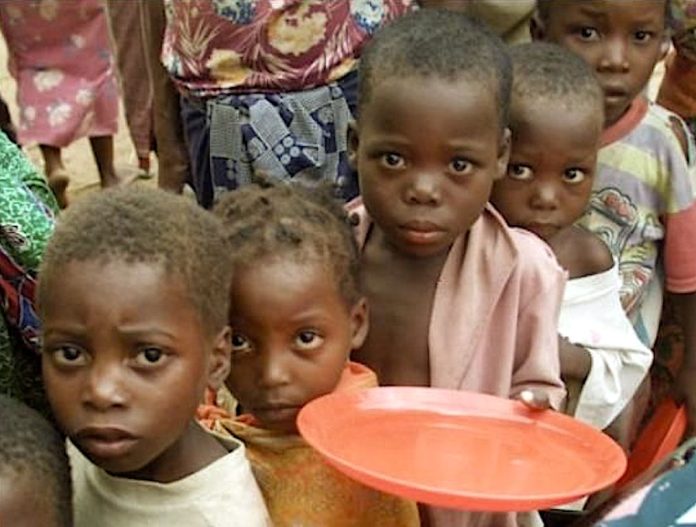One of the issues impeding Nigeria development is the state of the poor health sector which contributes largely to maternal and child mortality. It’s a cause for concern that Nigeria ranks among those countries known for the recurring tragic manifestation across the world. Efforts should be pooled by the federal and subnational governments to address the causative factors.
The World Health Organization (WHO) defines maternal mortality as a death that occurs during pregnancy or within 42 days of delivery or termination of pregnancy, from any cause related to or worsened by pregnancy. In Nigeria maternal and infant mortality is mostly caused by haemorrhage, sepsis, unsafe abortion, eclampsia and obstructed labour. More specially, about 32 per cent of all deaths were caused by neonatal disorders among other diseases such as malaria, lower respiratory infections, and diarrhea.
Currently, the high rate of maternal mortality in Nigeria is put at 512 deaths per 1000 live births and the neonatal mortality rate of 39 deaths per 1000 live births, which indicates that nearly four out of every 100 new born babies in Nigeria do not survive their first month of life. It ought to be less than 70 per 100,000 live births.
Unlike the global estimate of 27.4 per 1000 live births, Nigeria recorded an infant mortality rate of 72.2 deaths per 1000 live births in 2020. The high rate of mortality was attributed to the lack of health care facilities, poor health care delivery system, as well as lack of skilled birth attendants. There are issues relating to ignorance, patients’ experience, and perception of quality care and the challenge of poverty.
Other factors include the high rate of maternal and neonatal deaths; delay in deciding to seek maternal health care, delay in locating and arriving at medical facilities and the delay in receiving skilled pregnancy care upon arrival at the health facility, especially in the rural areas. The delay in receiving skilled pregnancy care can occur due to shortage of trained health workers, inadequate equipment and supplies and poor quality care.
To address the challenges of maternal Child mortality in Nigeria, requires improved access to skilled birth attendants, especially through better quality Primary Health Care (PHC). The federal and state governments should invest more in the health sector to boost health care delivery. A better quality primary healthcare would, to a large extent, improve accessibility, availability, affordability and care quality which will most likely help to reduce the rate of maternal and neonatal mortality in Nigeria.
Apart from the quality of services provided by a health facility, improvements in the quality of care provided within tertiary health facilities (second level referral), would also help to reduce maternal mortality. This is because patients’ experience and perception of quality care determine regular utilization of a healthcare facility. There is the tendency that a woman with a negative perception arising from poor care and treatment during a normal delivery might prevent other women whom she might have told of such experience from seeking care even when standard quality services are provided at the health facility.
There is also a need for health workers to be committed to efficient preconception and antenatal care of pregnant women, as it provides an opportunity to reduce risk factors for neonatal mortality and morbidity. These include detection and treatment of maternal infections; immunization of women of reproductive age against tetanus, and counseling on risks to a healthy pregnancy and birth preparedness, emphasizing the importance of a clean and safe delivery assisted by a skilled birth attendant.
We urge the federal and state governments to intensify enlightenment campaigns especially in the rural areas to dispel some of the people’s beliefs and culture that prevent most pregnant women from accessing healthcare facilities. Raising awareness on the existence of a maternal health facility, making it accessible and affordable would encourage pregnant women to utilize the facility.
To achieve the Sustainable Development Goal (SDG) of 70 maternal child deaths per 100,000 live births by 2030, there is need for both government at federal and state levels to increase attention and investment in the health sector, working in collaboration with communities and families, focusing on areas of need to mitigate the high rate of maternal child mortality in Nigeria for a significant improvement in maternal health coverage and equity.


